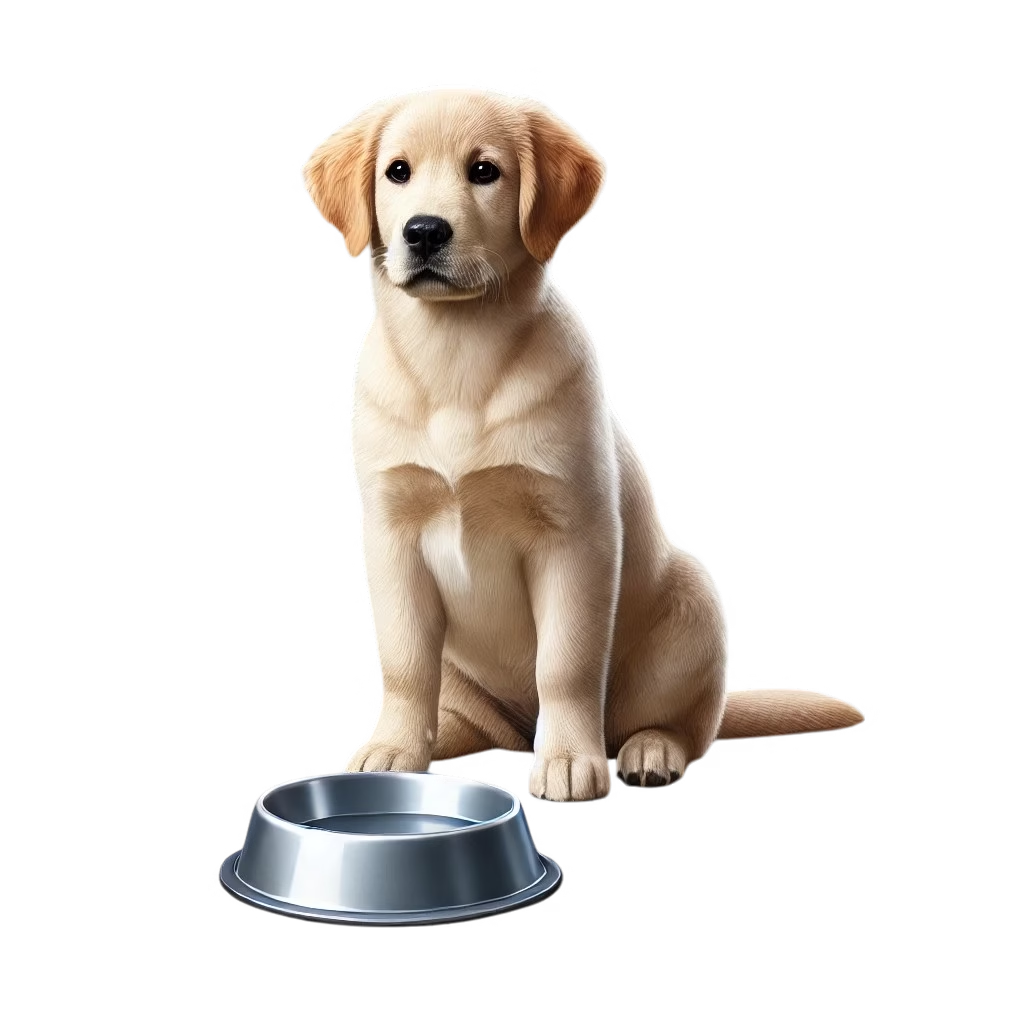What Makes Them So Unique?
Sighthounds stand out from other dog breeds, particularly in terms of their anatomical and physiological structure. Many researchers even argue that they may have a different ancestor than the domestic dog. In this article, we explore the key differences that make sighthounds so unique.

The Head of a Sighthound
Sighthounds have slender, lightweight heads designed for improved aerodynamics during running. They also possess large, deeply set canines and strong neck muscles suited for catching prey at full speed. What sets them apart further is the positioning of their eyes—set at about a 45-degree angle relative to the long axis of the head. This gives them an extremely wide range of monocular vision (around 350 degrees), but a very narrow field of binocular vision, which is necessary for depth perception. As a result, sighthounds can detect movement even behind them, but may struggle to judge distances accurately.
The Body of a Sighthound
Sighthounds have long necks, which, along with the head, help shift their centre of gravity during running. Additionally, in sighthounds, the front part of the thoracolumbar spine is positioned lower than the rear part—opposite to what is seen in most other breeds. This reduces the load on the hind limbs, which serve as the dog’s main source of propulsion. Their arched lumbar spine allows the limbs to be extended further forward. Studies on greyhounds show that they have longer wrist, metacarpal, hock, and metatarsal bones than other breeds, improving shock absorption while running. Muscle mass is also significant, and their muscles are predominantly composed of fast-twitch fibres—unlike other breeds, including hunting dogs, where slow-twitch fibres are more common.
The Skin of a Sighthound
Sighthounds have thin, delicate, highly vascularised skin with very little fat underneath. This enhances their ability to dissipate heat during exertion—another adaptation for sprinting. However, the downside is that their skin is much more prone to injury.
The Heart of a Sighthound
Sighthounds’ hearts are built for high performance, as endurance in running depends heavily on effective cardiac output. Their hearts are larger compared to other breeds. For instance, the heart-to-body mass ratio in greyhounds can reach 3.25%, in borzois 3.17%, while in German Shepherds it’s only about 1.5%. The left ventricle is especially enlarged, which can sometimes be mistaken for heart disease. Innocent heart murmurs may also occur in sighthounds without any underlying problem, yet these are sometimes wrongly diagnosed as cardiomyopathy. Additionally, sighthounds (excluding Irish Wolfhounds) have higher blood pressure than other dogs—around 160 mmHg in stressful vet settings and around 120 mmHg at home. In studies, Irish Wolfhounds averaged 116 mmHg.
The Blood of a Sighthound
Sighthounds (especially greyhounds) have haematological and biochemical norms that differ significantly from those of other breeds. They have higher haemoglobin levels, higher haematocrit, larger MCV (mean red blood cell volume), higher MCHC (mean cell haemoglobin concentration), greater haemoglobin–oxygen affinity, higher pH, and more red blood cells. However, they typically have lower white blood cell and platelet counts.
In terms of biochemistry, they often show lower urea levels (10–26 mg/dl), higher serum creatinine (1.2–2 mg/dl), and increased ALT levels (especially after exertion). Sighthounds also tend to have elevated sodium and chloride levels, and lower calcium, magnesium, and potassium. Greyhounds specifically show lower albumin, globulin, and total protein levels.
Thyroid hormones are also unique in sighthounds—they naturally have lower total T4 and free T4 levels. This often leads to false diagnoses of hypothyroidism. Since breed-specific norms vary, blood test results should ideally be compared with greyhound reference ranges and interpreted by a vet experienced with sighthounds.
Summary
Sighthounds are extraordinary and fascinating creatures—as every owner should know. Their uniqueness requires special consideration, particularly in veterinary care. They may also differ from other dogs in terms of behaviour and training needs—but more on that in the next article!

